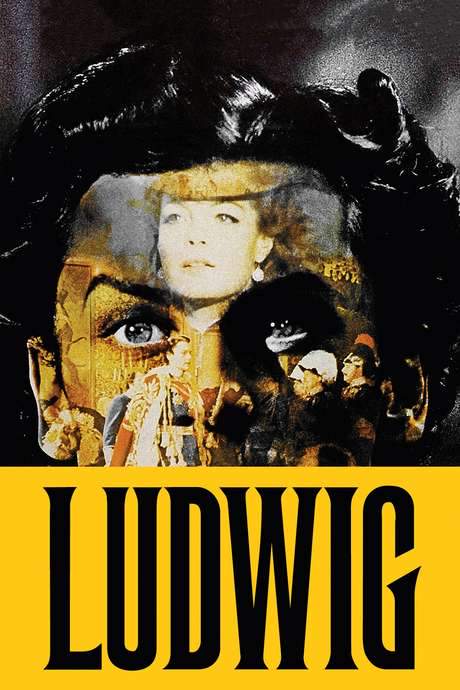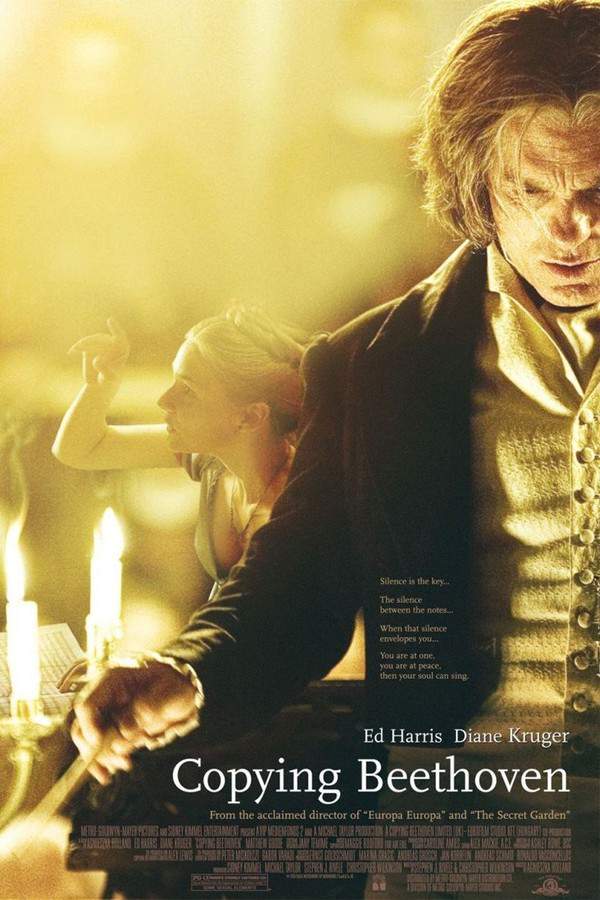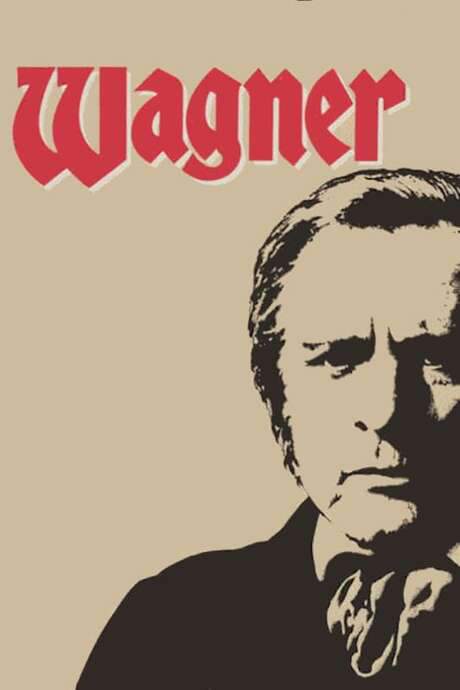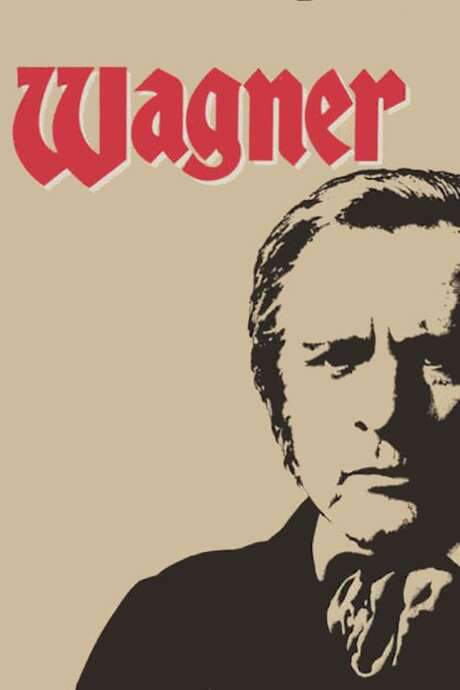
Ludwig
Year: 1973
Runtime: 238 mins
Language: English
Director: Luchino Visconti
From his 1864 coronation to his 1886 death, the film shows Ludwig as a controversial ruler who pursued women and men, ignoring public opinion. He admired Richard Wagner—later spurned and fell hopelessly for his cousin Elisabeth of Austria, whose rejection fuels his turmoil. Haunted by his sexuality, he descends into madness, a tragic romantic saga.
Warning: spoilers below!
Haven’t seen Ludwig yet? This summary contains major spoilers. Bookmark the page, watch the movie, and come back for the full breakdown. If you're ready, scroll on and relive the story!
Ludwig (1973) – Full Plot Summary & Ending Explained
Read the complete plot breakdown of Ludwig (1973), including all key story events, major twists, and the ending explained in detail. Discover what really happened—and what it all means.
Munich, 1864. The 18-year-old, idealistic Ludwig II is crowned as the King of Bavaria, stepping into a role that blends youthful fervor with a burdening sense of isolation. His first official act is a lavish show of support for the gifted but financially strapped composer Richard Wagner, who has settled in Munich at Ludwig’s invitation. The king’s entourage cannot fathom the scale of Wagner’s ambitions or the expense of his artistic dreams, and they grow increasingly unsettled by the lifestyle that accompanies them. In his desire to find a steadfast friend in the music he cherishes, Ludwig clings to Wagner, yet the bond strains when Wagner’s private life intrudes: Cosima von Bülow, the wife of Wagner’s conductor Hans von Bülow, becomes entangled with the composer behind the king’s back. To avert scandal, Wagner is forced to depart Munich, and although Ludwig remains devoted to Wagner’s projects, a growing mistrust gnaws at him.
Another powerful influence in Ludwig’s life is his independent and charismatic cousin, Elisabeth of Austria. During a gathering in Bad Ischl, Elisabeth and Ludwig grow closer and share a kiss, yet Elisabeth’s true aim seems to be engineering a marriage between her cultivated sister Sophie and Ludwig, a plan the king resists. The disappointments with Wagner and Elisabeth push Ludwig toward withdrawal, and he retreats from public life into dreamlike reveries and private realms. His desire to keep Bavaria neutral in the looming conflicts of the era clashes with a cabinet that seeks stronger alignments, especially as the Austro-Prussian War of 1866 approaches.
Ludwig’s politics pale in comparison to his personal uncertainties. He remains aloof as his cabinet leans toward the Austrian side, and his younger brother Otto’s vitality wanes under pressure and scrutiny from close confidants like Count Dürckheim. Dürckheim even hints at an arranged marriage as a remedy for loneliness, steering Ludwig toward a social path that conflicts with his Catholic faith and his own self-awareness. Soon after, Ludwig confronts a new and difficult truth about himself, which leads to a dramatic shift: he announces an engagement to Sophie in January 1867, a plan that his mother and the cabinet attempt to manage by introducing a sexual liaison into his private apartments. The king reacts with anger, and the episode leaves him unsettled about his capacity to be a good husband; the engagement is postponed and ultimately canceled. He begins to form relationships with his servants, a pattern that troubles his conscience and deepens the chasm between his desires and his duties.
The political tides continue to turn. Bavaria supports the Prussian-led cause in the Franco-Prussian War of 1871, yet the subsequent unification of Germany chips away at Ludwig’s sovereignty, eroding the autonomy he cherished. The death of his younger brother Otto becomes a sobering counterpoint to the feverish pace of court life, a reminder of the fragility that shadows the king’s ambitions. In response to mounting debts and mounting eccentricities, Ludwig withdraws into his private world, financing the construction of the fairy-tale crescendos of Neuschwanstein, Linderhof, and Herrenchiemsee. A brief but intense friendship with the actor Joseph Kainz during 1881 is noted, though Kainz’s involvement is largely transactional, driven by Ludwig’s wealth as much as by affection. Elisabeth’s attempts to reconnect with her cousin do not find an easy welcome, and Ludwig remains stubbornly solitary.
As the years close in, the psychiatric verdict overshadows the dream: in 1886, Bernhard von Gudden proclaims Ludwig insane, and the cabinet agrees to have him isolated and treated. With the support of trusted aides, Ludwig briefly asserts himself, but the political machinery around him quickly reasserts control. His uncle Luitpold becomes Prince Regent, and Ludwig is moved to Berg Castle near Lake Starnberg for confinement and treatment. Two days later, Ludwig and Gudden set out on a walk that ends in tragedy, their bodies recovered from the lake, the cause of death left to history’s speculation. The king’s life story is a saga of splendor and sorrow, a portrait of a ruler whose grand designs collided with the harsh limits of reality, and whose wish to sculpt a utopian realm left behind a legacy that remains as enigmatic as it is majestic.
Last Updated: October 09, 2025 at 12:39
Unlock the Full Story of Ludwig
Don't stop at just watching — explore Ludwig in full detail. From the complete plot summary and scene-by-scene timeline to character breakdowns, thematic analysis, and a deep dive into the ending — every page helps you truly understand what Ludwig is all about. Plus, discover what's next after the movie.
Ludwig Timeline
Track the full timeline of Ludwig with every major event arranged chronologically. Perfect for decoding non-linear storytelling, flashbacks, or parallel narratives with a clear scene-by-scene breakdown.

Similar Movies to Ludwig
Discover movies like Ludwig that share similar genres, themes, and storytelling elements. Whether you’re drawn to the atmosphere, character arcs, or plot structure, these curated recommendations will help you explore more films you’ll love.
Explore More About Movie Ludwig
Ludwig (1973) Scene-by-Scene Movie Timeline
Ludwig (1973) Movie Characters, Themes & Settings
Ludwig (1973) Spoiler-Free Summary & Key Flow
Movies Like Ludwig – Similar Titles You’ll Enjoy
Copying Beethoven (2006) Spoiler-Packed Plot Recap
Louis van Beethoven (2020) Full Summary & Key Details
The King Is Dancing (2000) Plot Summary & Ending Explained
Kronprinz Rudolf (1000) Film Overview & Timeline
Parsifal (1982) Detailed Story Recap
Wagner (1000) Story Summary & Characters
The Life and Works of Richard Wagner (1913) Film Overview & Timeline
Wagner (1000) Ending Explained & Film Insights
Ludwig II, King of Bavaria (1930) Full Summary & Key Details
Ludwig – Requiem for a Virgin King (1972) Complete Plot Breakdown
Mayerling (1968) Plot Summary & Ending Explained
Ludwig II (1955) Spoiler-Packed Plot Recap
Münchhausen (1943) Complete Plot Breakdown
Mayerling (1936) Full Summary & Key Details
Wittgenstein (1993) Complete Plot Breakdown

















